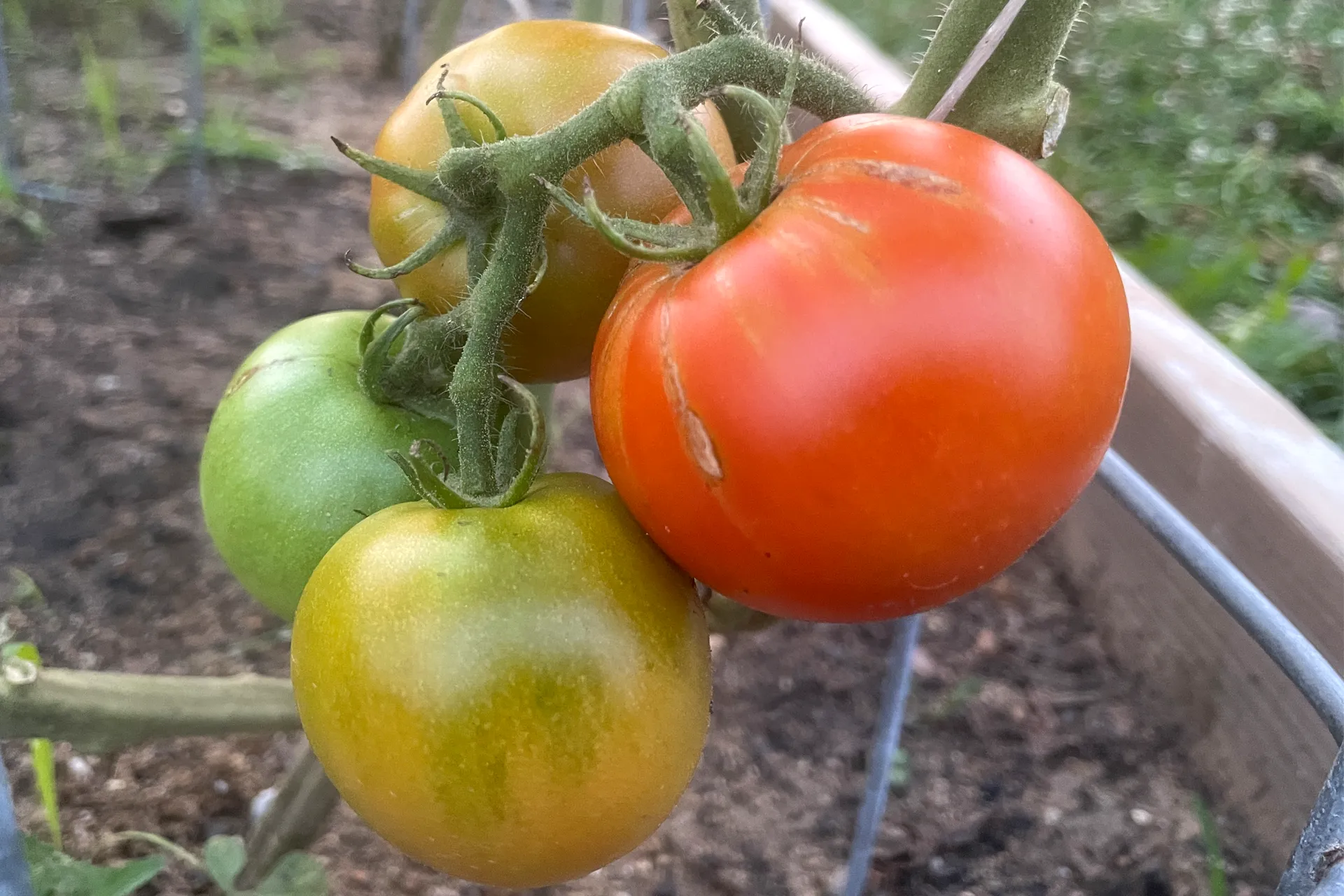This post may contain affiliate links. When you purchase through links on my site, I may earn a commission at no cost to you. See my Privacy Policy for details.
Companion plants for tomatoes are a great way to enhance your garden’s health and productivity. By carefully selecting plants that complement and support tomato growth, you can improve soil quality, deter pests, and increase yields. We will cover the benefits of companion planting for tomatoes, the best companion plants to consider, and how to effectively plant and care for them.
Benefits of Companion Planting
Companion planting is a gardening technique where different plants are grown together to benefit each other in various ways, such as pest control, pollination, and nutrient uptake. Companion planting offers several advantages for tomato plants:
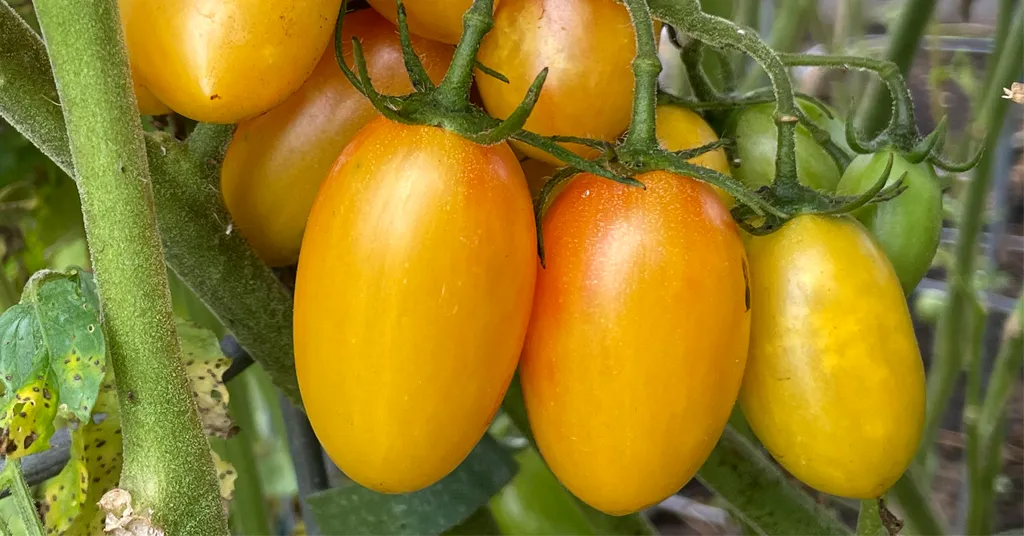
Improving Tomato Health
Certain companion plants, such as marigolds and basil, release natural compounds that can improve the overall health of tomato plants. These plants may help deter pests and reduce the risk of diseases, resulting in healthier tomatoes.
Pest Control
Companion plants like nasturtiums and borage can attract beneficial insects, such as ladybugs and parasitic wasps, which prey on common tomato pests like aphids and hornworms. This natural form of pest control can reduce the need for chemical pesticides.
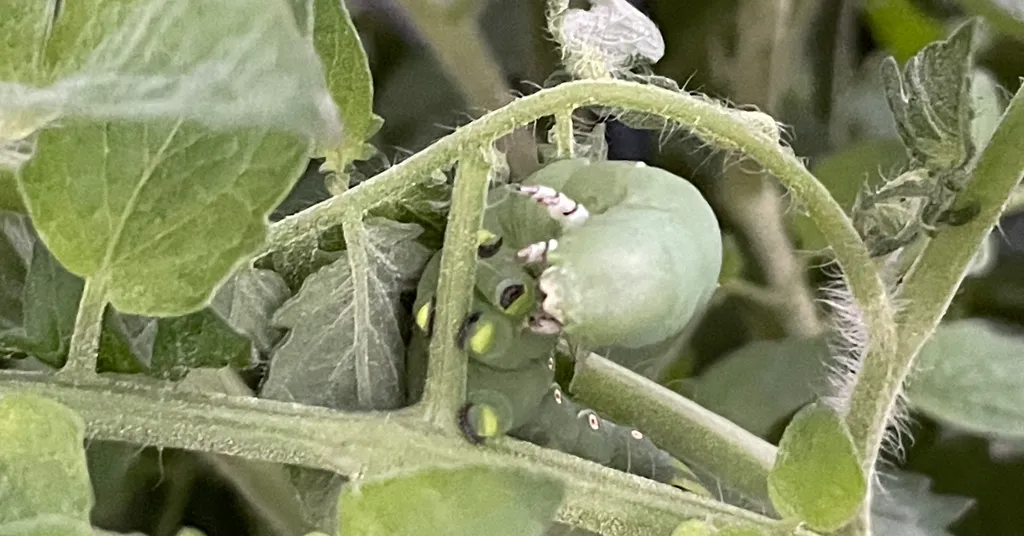
Attracting Beneficial Insects
In addition to controlling pests, some companion plants attract pollinators like bees and butterflies, which are essential for tomato plants to produce fruit. Plants like marigolds and borage can help increase pollination rates and fruit set.
Maximizing Garden Space
Companion planting allows you to make the most of your garden space by interplanting compatible crops. For example, you can plant lettuce or onions between tomato plants to utilize the space between rows more efficiently.
Best Companion Plants for Tomatoes
When selecting companion plants for tomatoes, consider the following options:
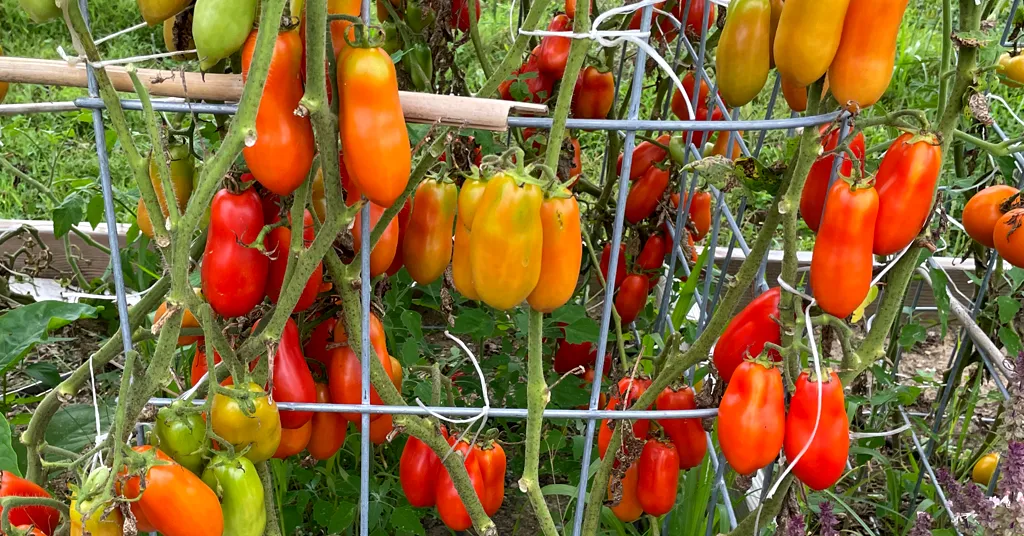
1. Basil (Ocimum basilicum)
Basil is a popular companion plant for tomatoes, as it can improve the flavor of tomatoes when grown together. Additionally, basil may help repel pests like mosquitoes and flies. Basil is easy to grow and adds a wonderful aroma to your garden.
2. Marigolds (Tagetes spp.)
Marigolds are known for their ability to repel nematodes in the soil, which can be harmful to tomato plants. Marigolds also attract beneficial insects like ladybugs and lacewings, which prey on tomato pests. Planting marigolds around tomato plants can help protect them from these soil-borne pests.
3. Nasturtiums (Tropaeolum majus)
Nasturtiums are attractive flowers that can attract beneficial insects to the garden. They also have a peppery taste that can deter pests like aphids, whiteflies, and squash bugs from attacking tomato plants. Nasturtiums also attract predatory insects that feed on tomato pests.
4. Borage (Borago officinalis)
Borage is an excellent companion plant for tomatoes for several reasons. Firstly, borage is known to improve the flavor of tomatoes when grown together. The plant has beautiful blue flowers that attract pollinators like bees, which can help increase tomato yields through better pollination. Borage is a natural pest repellent, particularly against tomato hornworms. The plant contains compounds that repel these pests, helping to protect your tomato plants from damage. Borage is also a beneficial plant for the soil, as it can accumulate potassium, which is an essential nutrient for tomatoes.
5. Carrots (Daucus carota)
Carrots are a good companion plant for tomatoes, as they have a shallow root system that won’t compete with tomato roots. Carrots help break up the soil around tomato roots, allowing for better water and nutrient uptake. In return, tomato plants provide some shade for carrots, helping them thrive in hot weather. Planting carrots between tomato plants can help maximize garden space.

6. Onions (Allium cepa)
Onions are a good companion for tomatoes as they deter pests like aphids, spider mites, and cabbage worms. Planting onions around your tomato plants can help keep these pests at bay. Plus, onions are a versatile vegetable that you can harvest alongside your tomatoes.
7. Asparagus (Asparagus officinalis)
Asparagus can help improve soil quality and structure when planted near tomatoes. The deep roots of asparagus plants can break up hard soil and improve drainage. Additionally, asparagus plants are not heavy feeders, so they won’t compete too much with tomatoes for nutrients. Planting asparagus near tomatoes can also help deter pests like nematodes, which can be harmful to tomato plants.
8. Lettuce (Lactuca sativa)
Lettuce is a fast-growing crop that can be planted between tomato plants to utilize garden space more efficiently. Lettuce also has shallow roots that won’t interfere with tomato roots or compete for nutrients.
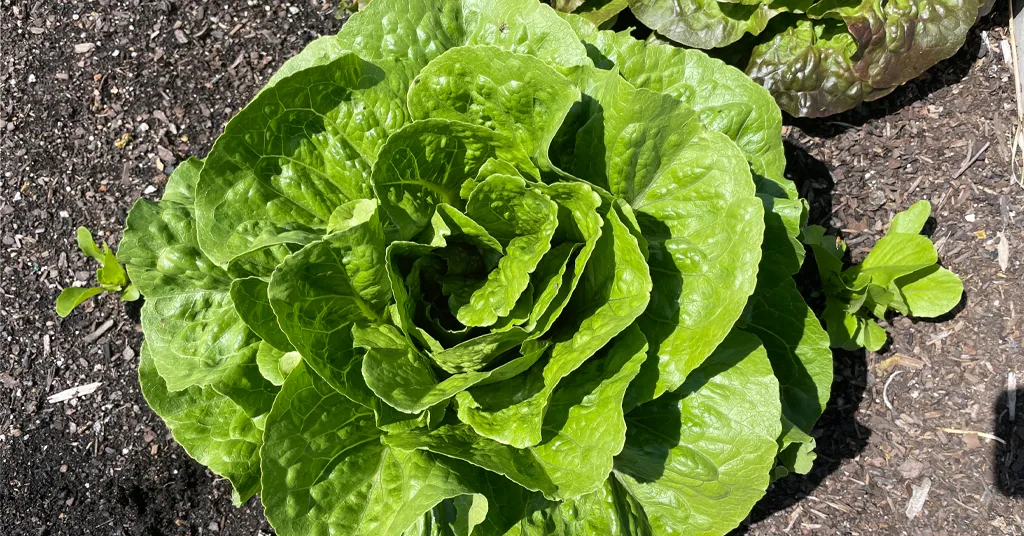
9. Garlic (Allium sativum)
Similar to onions, garlic is a great companion plant for tomatoes. It repels aphids, spider mites, and other pests that can harm tomato plants. Plus, garlic is a flavorful addition to many dishes, making it a useful and tasty companion for tomatoes.
How to Plant Companion Plants
When planting companion plants for tomatoes, consider the following tips:
- Spacing: When planting companion plants with tomatoes, ensure proper spacing to avoid overcrowding. This allows each plant to access adequate sunlight, air circulation, and nutrients. Follow the spacing recommendations for each type of plant to ensure optimal growth.
- Companion Planting Layouts: Consider different companion planting layouts, such as interplanting or border planting. Interplanting involves alternating tomato plants with companion plants in the same row or bed, while border planting involves planting companion plants around the perimeter of the tomato bed. Both layouts can maximize garden space and provide mutual benefits to the plants.
- Succession Planting: To extend the harvest season and make the most of your garden space, consider succession planting. This involves planting different crops in the same space at different times of the year. For example, you can plant lettuce or radishes between tomato plants early in the season and then replace them with heat-loving plants like peppers or basil as the tomatoes grow larger.
- Planting Depth: Pay attention to the planting depth of companion plants, as it may vary depending on the type of plant. For example, basil should be planted at the same depth as it was in its nursery container, while marigolds should be planted slightly deeper to promote stability.
- Watering and Mulching: Water companion plants regularly, especially during dry periods, to ensure they receive adequate moisture. Mulching around plants can help retain soil moisture, suppress weeds, and regulate soil temperature. Use organic mulches like straw or shredded leaves to improve soil health over time.
- Soil Preparation: Before planting companion plants, prepare the soil by amending it with organic matter such as compost or aged manure. This improves soil structure, fertility, and nutrient availability, which can benefit both tomato plants and their companions.
- Planting Combinations: Consider the compatibility of companion plants when planning your garden. Some plants, like onions and garlic, are known to inhibit the growth of certain pests, while others, like marigolds and basil, are believed to improve the flavor of tomatoes. Experiment with different combinations to see what works best in your garden.
Companion Plants for Tomato Pests
To control pests naturally, consider the following companion plants:
Natural Pest Control
Plants like dill, parsley, and cilantro can attract beneficial insects that prey on common tomato pests, such as aphids and caterpillars.
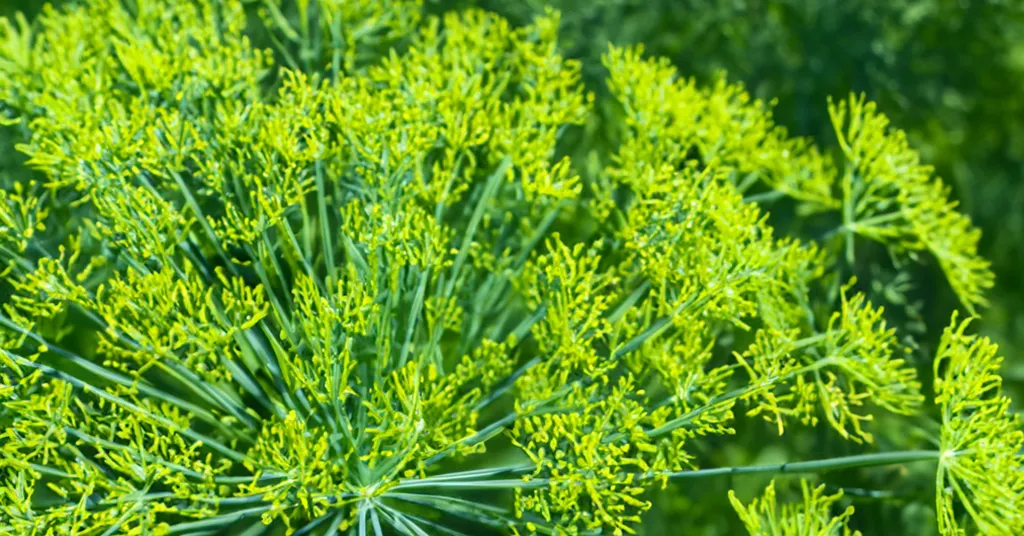
Deterrent Plants
Plants like garlic, onions, and chives emit strong odors that can repel pests from the tomato plants. Planting these deterrent plants around tomatoes can help protect them from pest damage.
Trap Crops
Some plants, like mustard greens and radishes, can act as trap crops by attracting pests away from tomato plants. Once the pests are attracted to the trap crops, they can be easily removed or treated.
Companion Plants for Tomato Diseases
To prevent and manage diseases, consider the following companion plants:
Disease-Resistant Varieties
Planting disease-resistant varieties of tomatoes can help reduce the risk of common tomato diseases, such as blight and wilt.
Beneficial Fungi
Plants like beans and peas can host beneficial fungi that can help protect tomato plants from soil-borne diseases. Interplanting these crops with tomatoes can improve overall plant health.
Preventative Measures
Proper spacing, adequate sunlight, and good air circulation around tomato plants can help reduce the risk of diseases. Avoiding overhead watering and removing infected plants promptly can also help prevent the spread of diseases.
Companion planting is a practice that can benefit your tomato garden in many ways. By choosing the right companion plants and planting them strategically, you can improve soil health, control pests naturally, and increase yields. Experiment with different companion plants to see which ones work best in your garden, and enjoy a more productive and diverse garden ecosystem.

